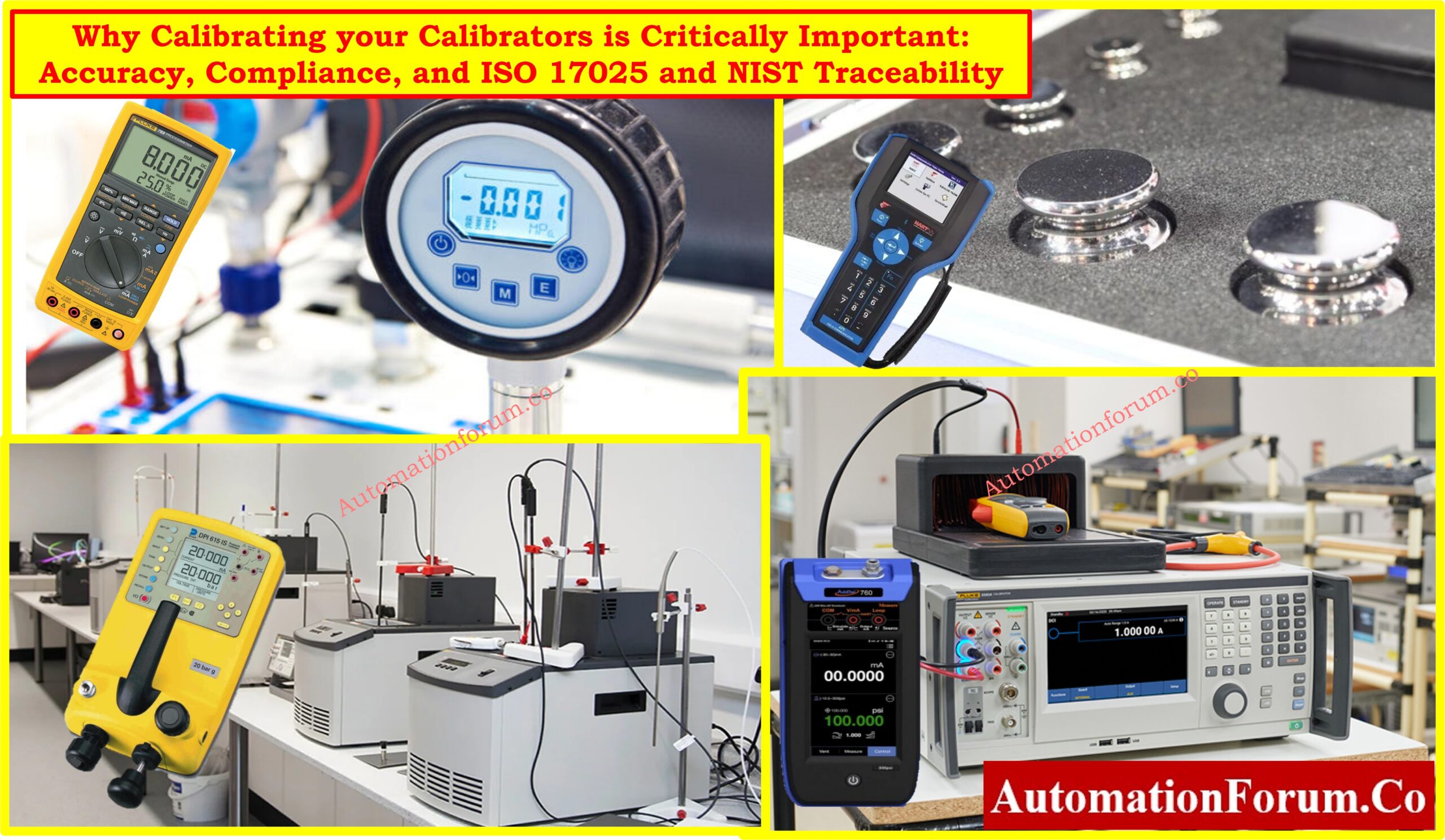Welcome to the PLC Timer Quiz! This quiz is designed to test and enhance your understanding of timers in Programmable Logic Controllers (PLCs), which are essential components in industrial automation and control systems. Timers in PLCs are used to introduce time-based control logic, enabling precise management of processes and actions based on time intervals.
Throughout this quiz, you will encounter a variety of questions that cover different types of timers, such as Retentive On-Delay Timers (RTO), On-Delay Timers (TON), and Off-Delay Timers (TOF), among others. These questions will assess your knowledge of timer behavior, configuration, and application in real-world scenarios. You will also explore related concepts like timer preset values, time base, accumulator values, and the role of watchdog timers.
Each question is accompanied by a clear explanation to help reinforce your understanding and provide insight into the correct answers. By the end of this quiz, you should have a stronger grasp of how timers function within a PLC system and their significance in industrial automation.
Prepare to delve into the intricacies of PLC timers and sharpen your skills. Good luck!
The goal of these questions and answers is to provide you with valuable insights into PLC timers and their applications. Understanding the various types of timers, their behaviors, and how they are implemented in PLC programs is crucial for effective industrial automation and control.
Always refer to the manufacturer’s documentation and instructions for accurate information regarding a specific PLC model or application. Manufacturer documentation provides detailed guidelines and specifications that are essential for correctly configuring and using PLC timers in your specific setup.
We hope this quiz has enhanced your knowledge and prepared you for practical applications in the field of PLC programming. Thank you for participating, and continue to explore and learn about the vast world of industrial automation!





